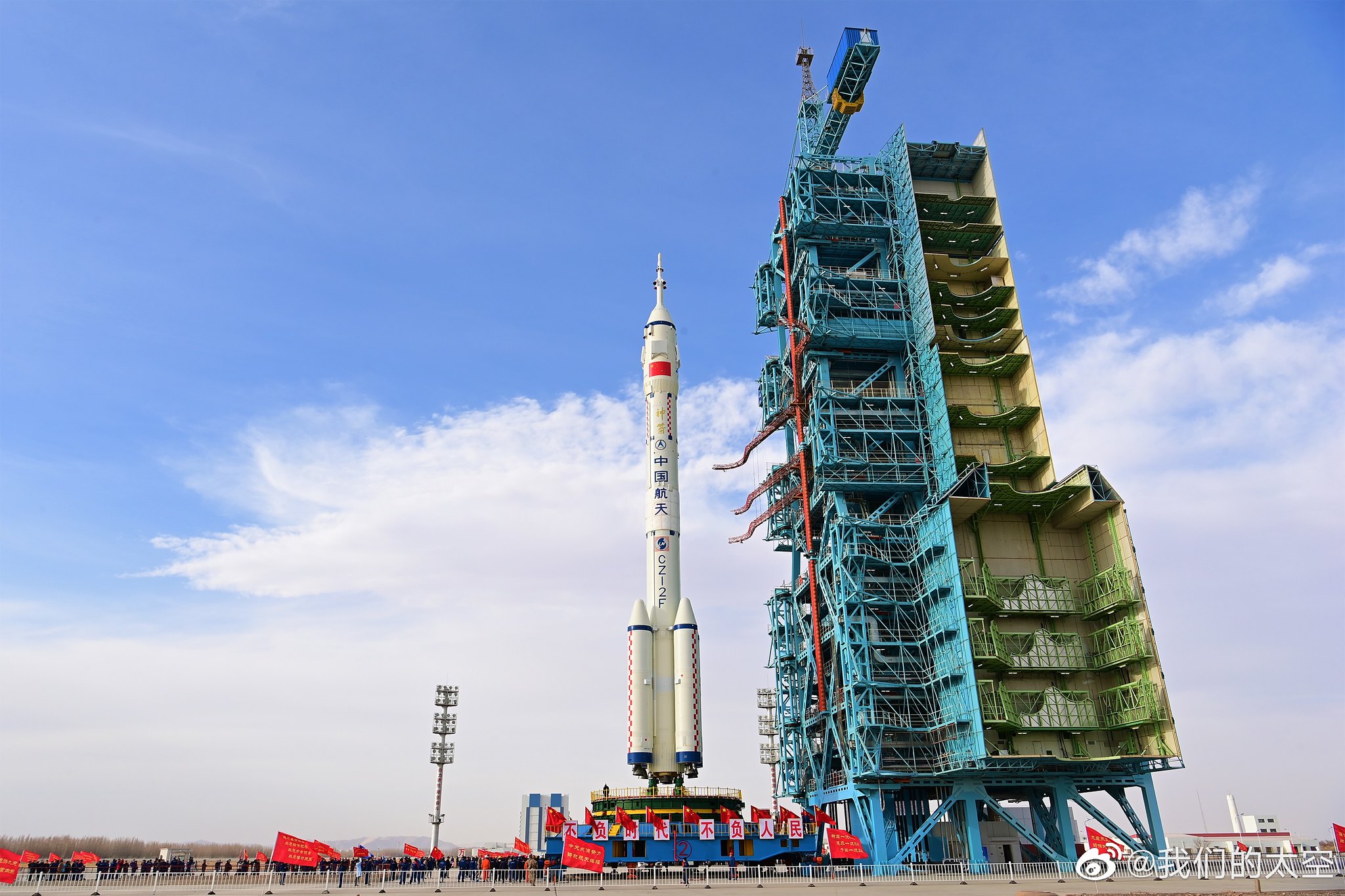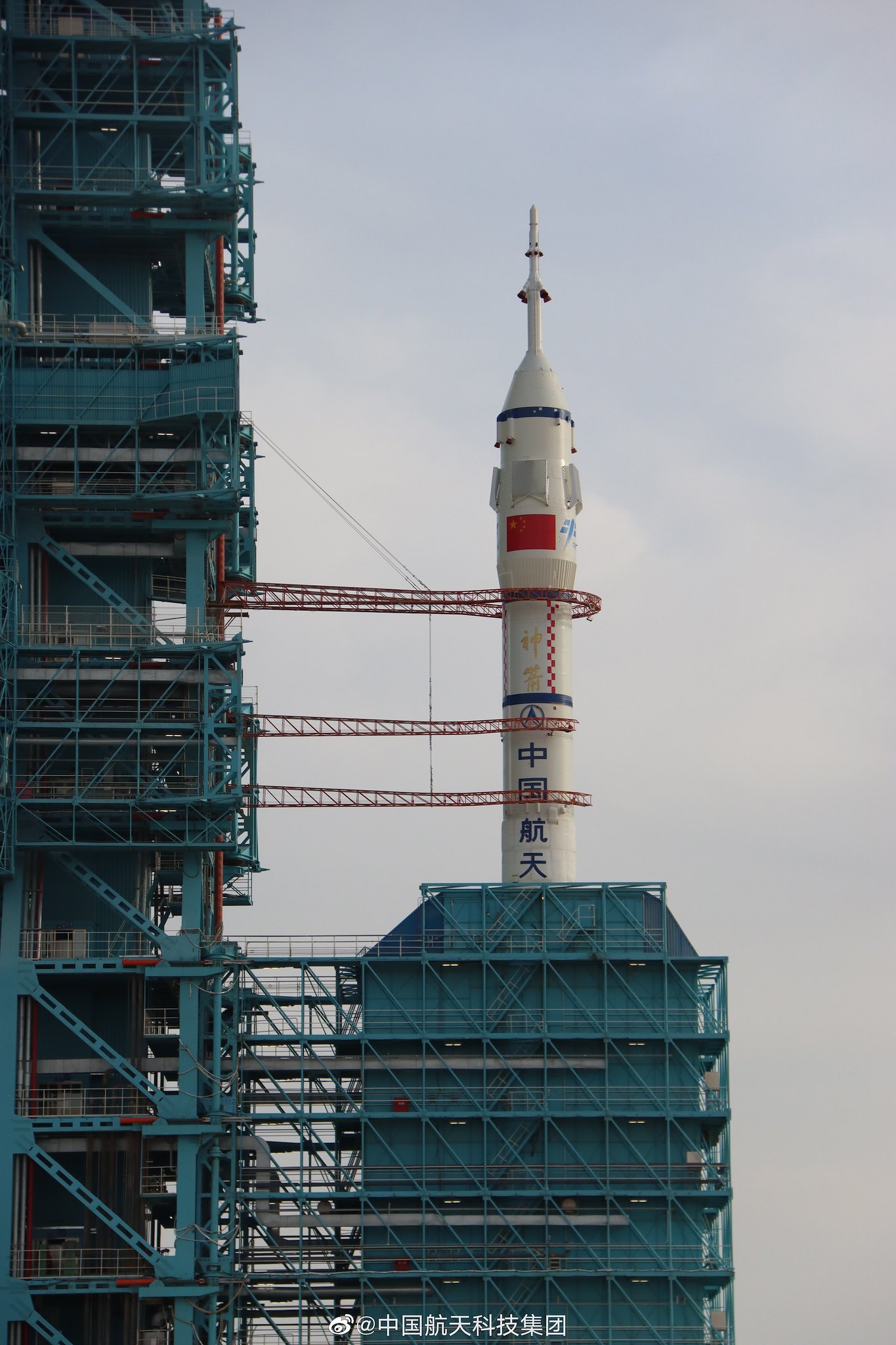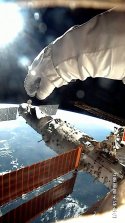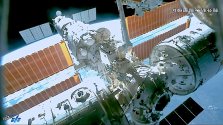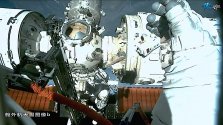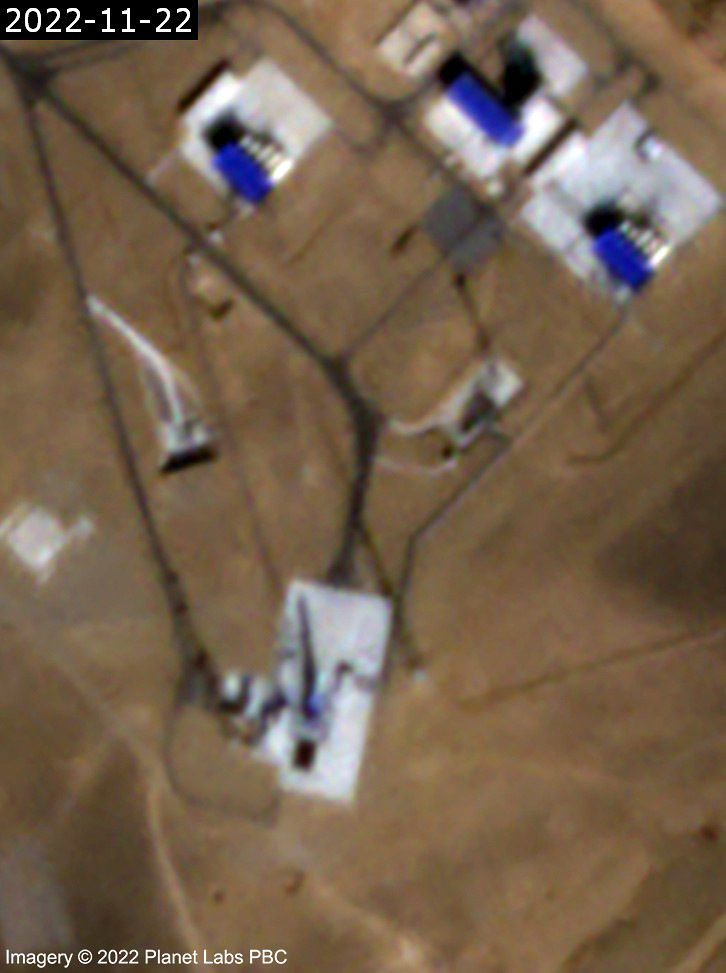You are using an out of date browser. It may not display this or other websites correctly.
You should upgrade or use an alternative browser.
You should upgrade or use an alternative browser.
China's Space Program Thread II
- Thread starter Blitzo
- Start date
by78
General
The Advanced Space-borne Solar Observatory (ASO-S) –– also named as Kuafu-1 (夸父一号) after the mythological giant –– is designed to conduct long-term continuous observation of the Sun. It weighs 888kg and has a design lifespan of four years. It's composed of three payload components: Full-disc Vector Magnetograph (FMG) for observing the vector magnetic field of the solar photosphere; Hard X-Ray Imager (HXI) for observing the non-thermal physical processes of solar flares; Lyman-Alpha Solar Telescope (LST) for observing the formation and early evolution of coronal mass ejections.


The first image of the Sun taken by the hard x-ray imager of the Kuafu-1 solar observation satellite.

by78
General
On November 21, the unveiling ceremony of the National Remote Sensing Data and Application Service Platform (国家遥感数据与应用服务平台) and the National Space Administration Satellite Data and Application International Cooperation Center (国家航天局卫星数据与应用国际合作中心) was held in Haikou. Also unveiled at the ceremony were the National Space Administration Satellite Data and Application International Cooperation Center (国家航天局卫星数据与应用国际合作中心), BRICS Remote Sensing Satellite Constellation Data and Application Center (金砖国家遥感卫星星座数据与应用中心), and Hainan Satellite Data and Application Research Center (海南卫星数据与应用研究中心).
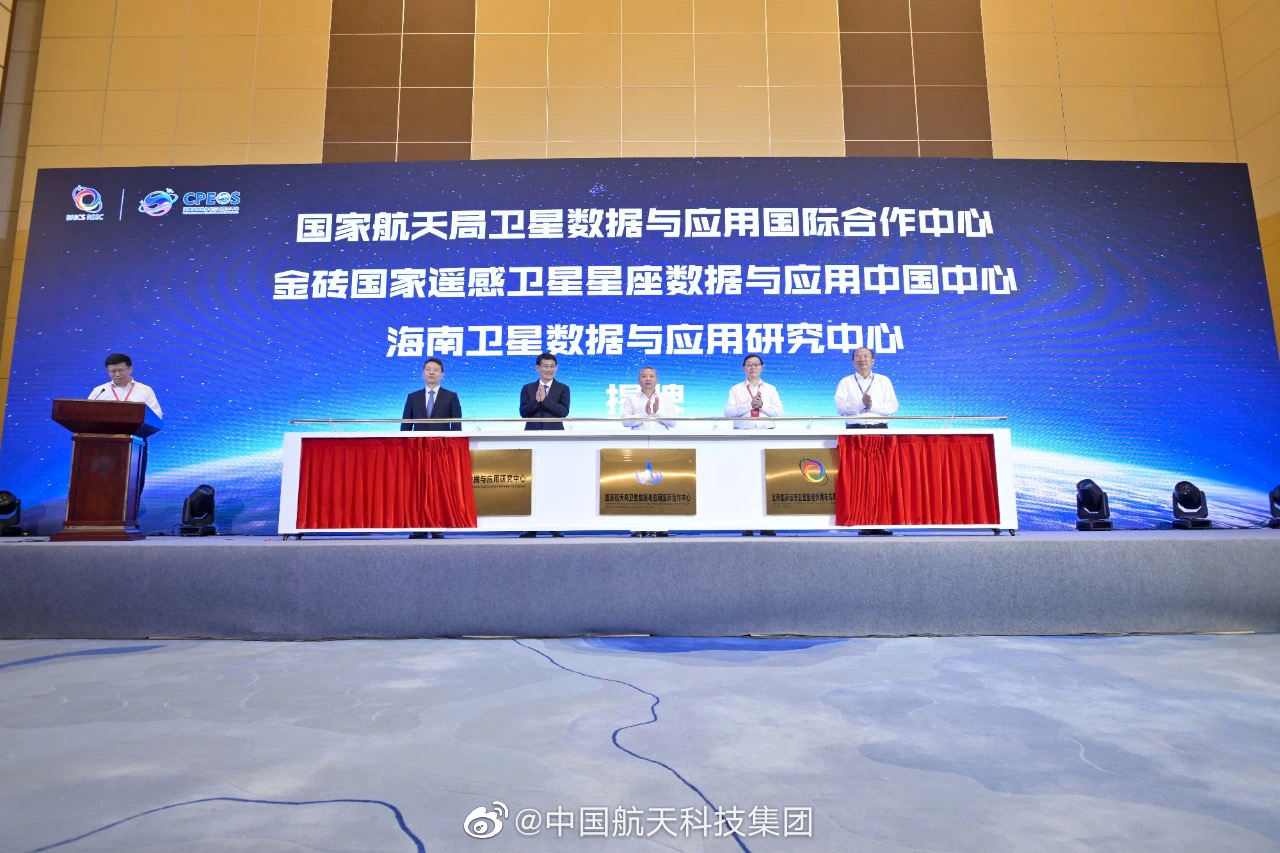





The latest news from Aerospace Science and Technology Group; Zhou Jianping, chief designer of China's manned spaceflight project, revealed at the main forum of the 2022 China Aerospace Conference that opened today that my country's manned moon landing has already been carried out for many years. We have deepened the demonstration of the round plan, completed the breakthrough of key technologies, and are developing a new generation of manned launch vehicle, a new generation of manned spacecraft and a lunar lander. The new-generation manned spacecraft and lunar lander have better performance, stronger functions, and higher reliability and safety. They can send three astronauts into lunar orbit and two astronauts land on the moon..


2035 means that even the methane engine should be well ready.Another slide on the Long March 9 rocket. LEO capacity = 100 to 150 tons; lunar transfer capacity = 35 to 50 tons. First flight scheduled around 2035.
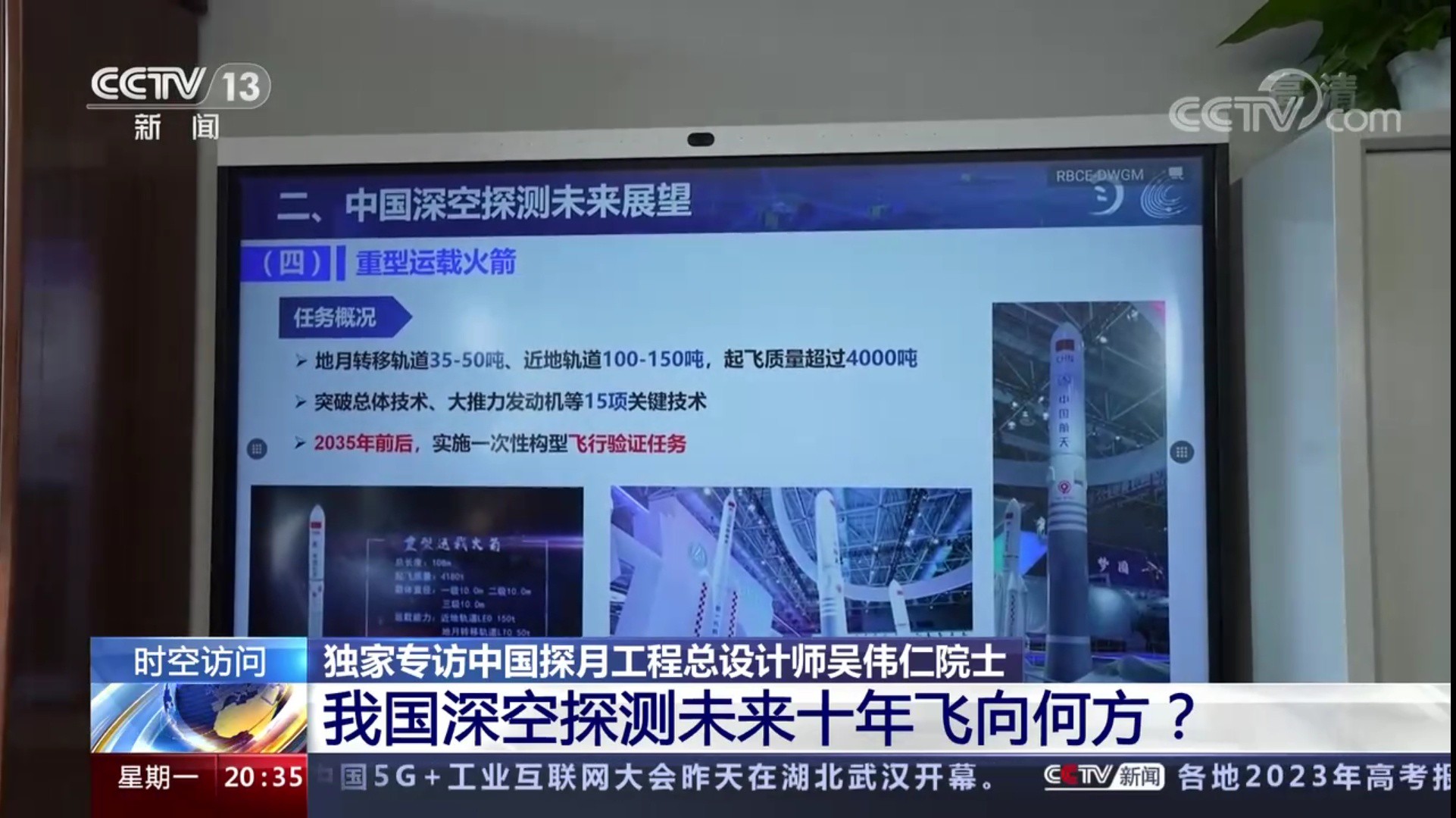
That and the YF-135.2035 means that even the methane engine should be well ready.
The latest news from Aerospace Science and Technology Group; Zhou Jianping, chief designer of China's manned spaceflight project, revealed at the main forum of the 2022 China Aerospace Conference that opened today that my country's manned moon landing has already been carried out for many years. We have deepened the demonstration of the round plan, completed the breakthrough of key technologies, and are developing a new generation of manned launch vehicle, a new generation of manned spacecraft and a lunar lander. The new-generation manned spacecraft and lunar lander have better performance, stronger functions, and higher reliability and safety. They can send three astronauts into lunar orbit and two astronauts land on the moon..
View attachment 102248
2022-11-22 13:16:08Global Times Editor : Li Yan
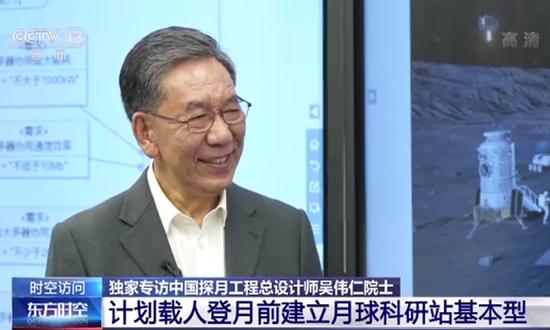
Wu Weiren, the chief designer of China's lunar exploration program, has an interview with China Central Television (CCTV) on November 21, 2022. (Photo/snapshot from CCTV)
The basic structure for International Lunar Research Station (ILRS) will be built by around 2028 meaning it will be possible for Chinese astronauts to land on the moon within ten years, according to China's lunar exploration chief designer.
The ILRS will be expanded from a basic structure which China's Phase-4 lunar probe mission aimed to build using lunar probes of Chang'e-6, -7, and -8, Wu Weiren, the chief designer of China's lunar exploration program, said in an interview with China Central Television (CCTV).
According to Wu, the basic structure, which will be built by around 2028, will consist of lunar landers, rovers and leapers, as well as an energy system, communication infrastructure and human life support system.
"We are currently developing new energy system where nuclear energy can provide high-power and long-time supply. And the communication facility can achieve communication between the Moon and the Earth, or with other planets such as the Mars," Wu explained, saying it would be possible that Chinese astronauts could land on the Moon within the next 10 years.
Wu said China is the first country to propose the construction of a research station in the Moon's South Pole region as the region may have polar days which can last for 180 consecutive days, keeping the temperature in a range from minus 100 degrees Celsius to minus 80 degrees Celsius, under which both astronauts and machines can stay and work for an extended period.
As part of China's deep space exploration, China launched its lunar probe mission in 2004 and realized lunar orbit, landing and sampling. "We will implement Phase-4 lunar exploration mission and may have Phase-5 and Phase-6 in the future," Wu said.

